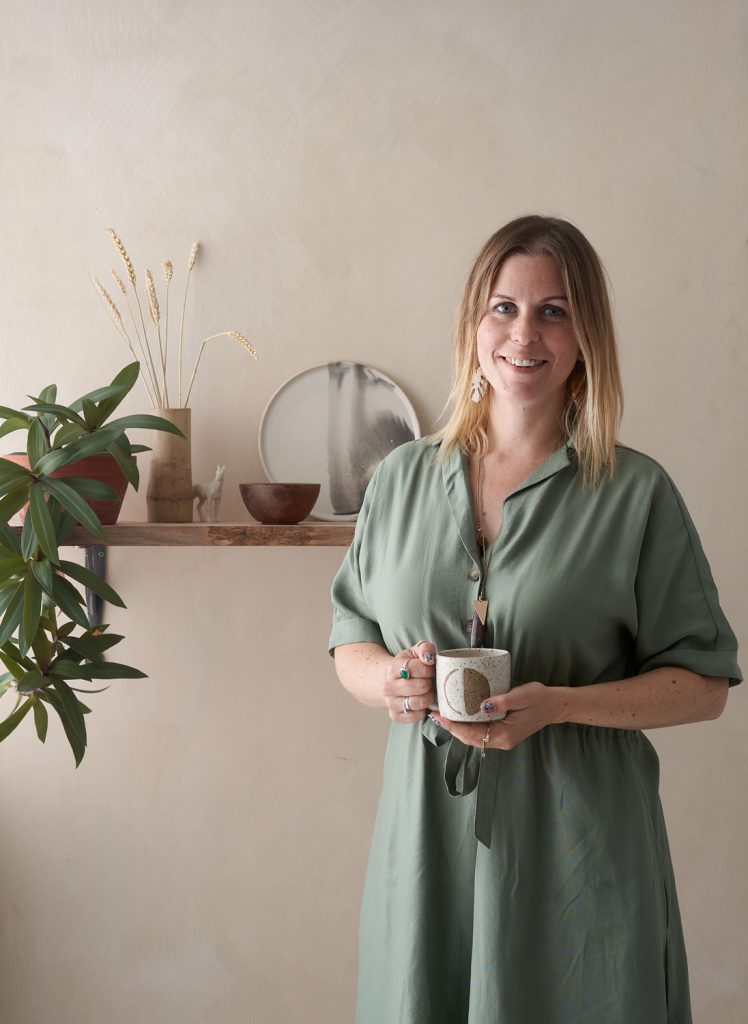
This year, Joanna Thornhill published her fourth home interiors book and the topic couldn’t be more timely. The New Mindful Home* explores interior design through a lens of mindfulness. It delves into how conscious and mindful living can both shape and be informed by our interiors and offers a multitude of tips on how to make the home a more healing environment.
Wellness has often been associated with food and fitness. With so much time spent at home throughout the pandemic however, we’ve come to realise the importance of building a home environment that also supports our wellbeing. Here, I chat to Joanna about her approach to the art of crafting the mindful home.
This article contains affiliate links marked with*. Thanks for supporting Upcyclist.co.uk.
Tell me about your journey into interior styling and writing
I’d always been interested in interiors, but the idea of being an interior designer in the more traditional sense didn’t really resonate with me. Equally, I’d always loved writing but couldn’t see how it could be a job, outside of news reporting, which didn’t appeal either. So I ended up studying fashion promotion at university, with the aim of working for magazines. Over the course of my degree this interest shifted back to interiors.
After graduating, I ended up getting work in TV production as a runner before eventually making my way into props and art department roles. From there, I met freelance stylists who I began to assist outside of television work. In about 2006, I made a concerted push to get more magazine commissions, alongside more styling for stills shoots. I spent a few years working as an assistant in those areas, before eventually getting an in-house maternity cover position at Woman’s Weekly magazine as their Assistant Homes & Crafts Editor. Once that ended in 2011, I began to get styling and writing work in my own right.
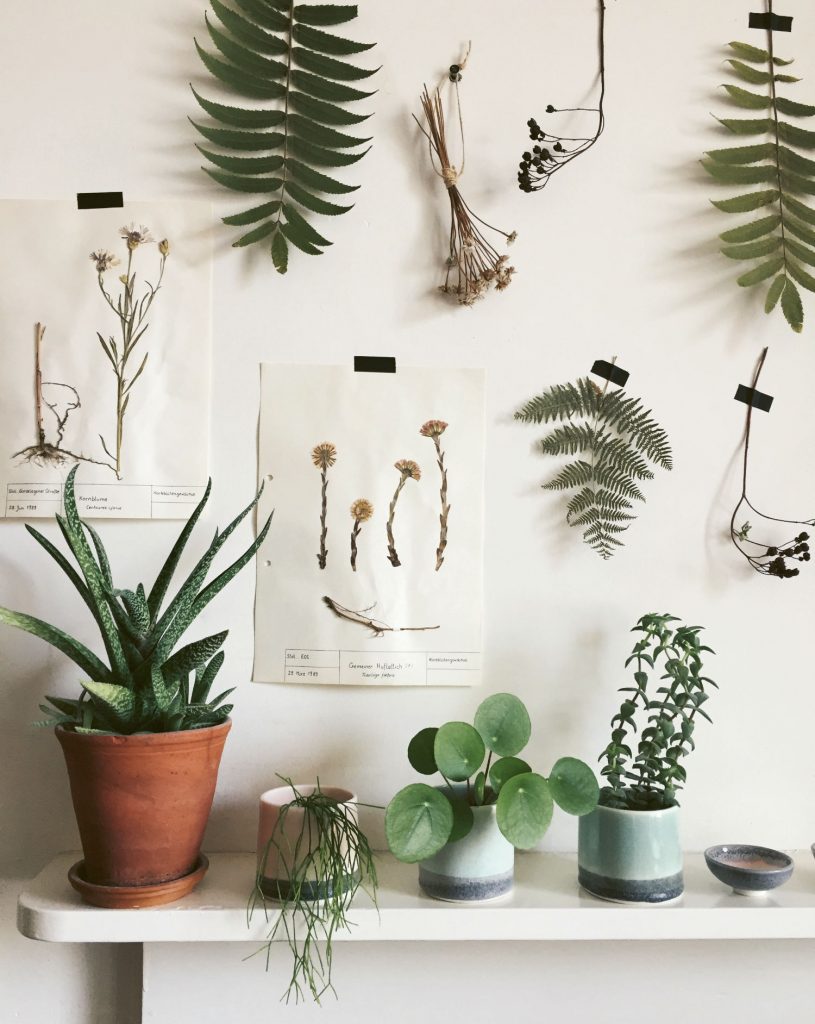
What sparked the idea for the book?
It’s something that’s been percolating for several years now. I began to develop more of an interest in holistic health and wellbeing, looking at ways to help ease anxiety, through activities like meditation alongside more spiritual aspects, such as using crystals.
At the same time, as my experience in the interiors industry grew, I found myself becoming a little jaded with the same trends cropping up again and again, encouraging us to keep shopping without really delving into environmental impact, or the affect on our wellbeing.
I listened to neuroscientists and psychologists talk about what happens in our brains when we feel stress, happiness, or joy. I then started to piece together how this linked in with our homes, underneath all that noise. Once I began researching, I quickly amassed a wealth of information that I thought could translate into a book.
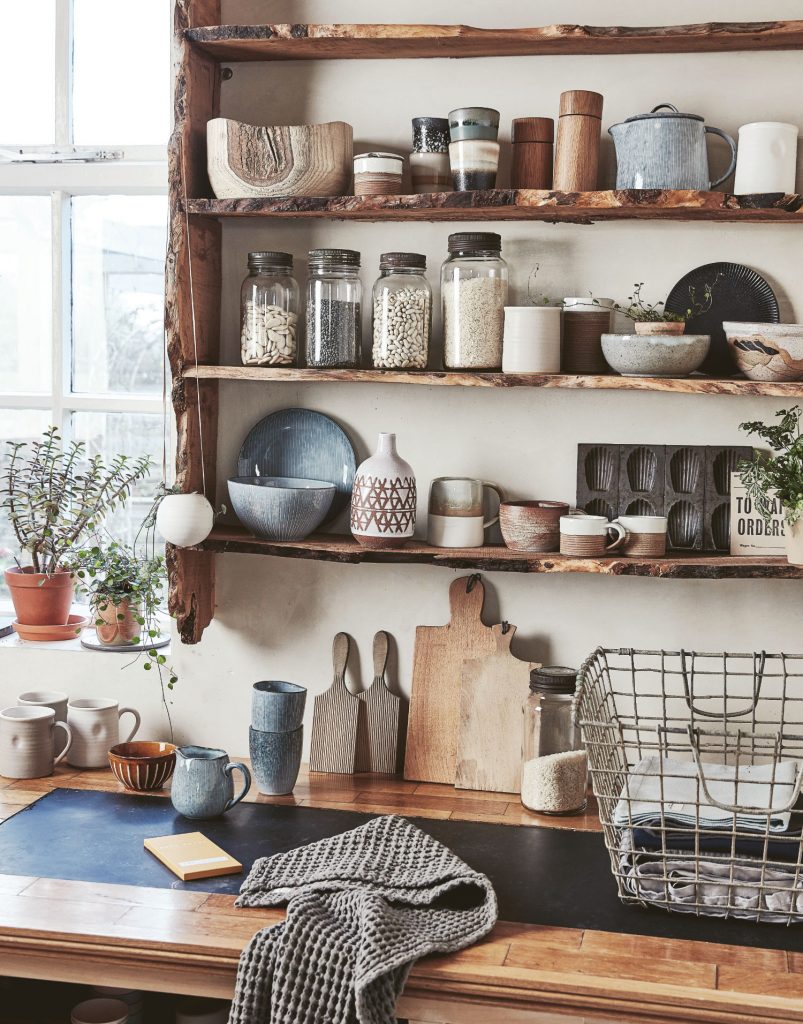
When do you think our interior space starts to affect our wellbeing in a negative way?
I don’t think there is a universal rule – the answer would be different for everybody. Generally, if we’re unhappy with our homes and don’t feel like the spaces nurture us or make us feel relaxed, this will intrinsically tie into our overall happiness. Without us realising, it can contribute to a myriad of other micro-stressors which build up and leave us ’trigger stacked’. This means just one extra slightly stressful situation is enough to tip us over the edge.
Creating a home that feels authentic to us, is designed in a way that best supports our particular needs and even our personality type, isn’t an elitist idea or something that requires lots of money, or even that you own the home you live in. Whatever your home set-up, there will be ways to alter and tweak things to aid happiness and contentment.
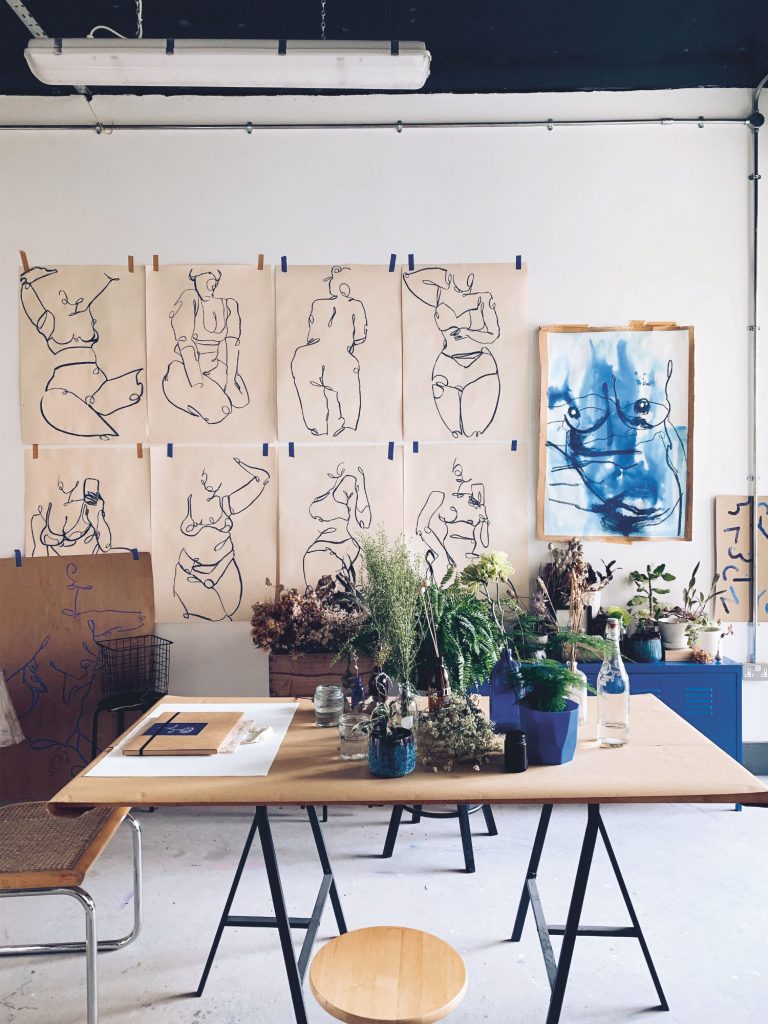
Do interior design styles that we like always align with what would most benefit our wellbeing?
I do believe that we can get to know our most supportive design styles, taking into account our personality type. We can learn how that relates to the colours and materials we choose. Our ‘caveman’ brain subconsciously feels more anxious around certain shapes and designs, so we naturally gravitate to pieces that we like aesthetically AND benefit our wellbeing. The New Mindful Home, drills down into all of this and is written to be very practical and user-friendly. I wanted it to be super relatable and not just theoretical.
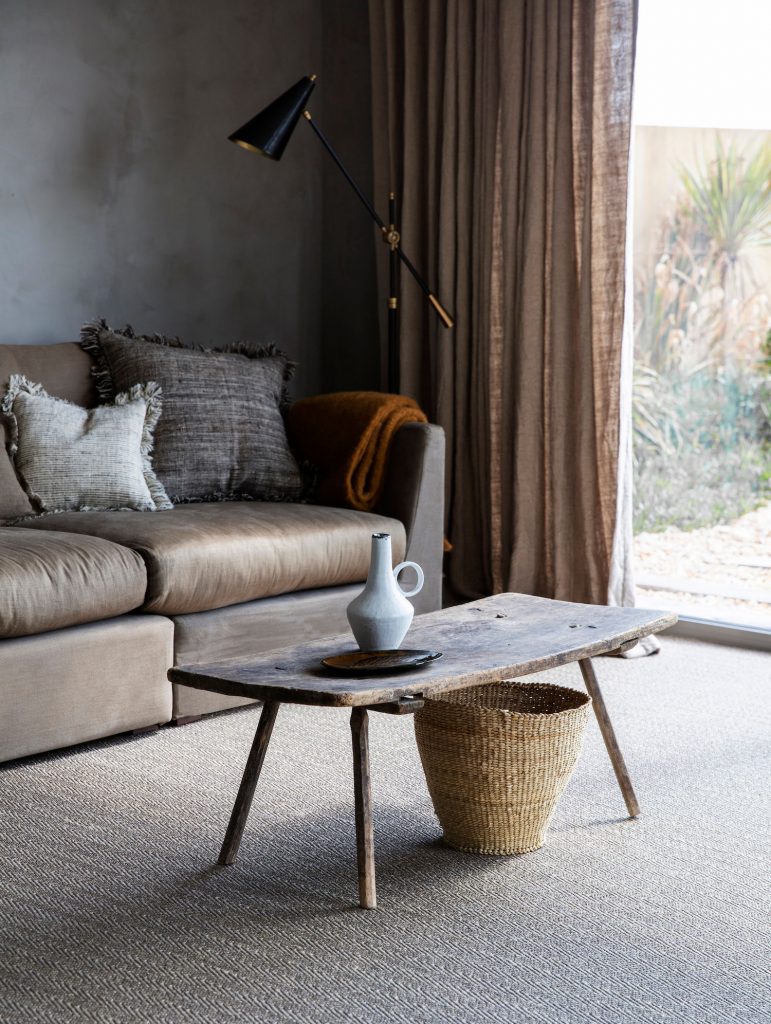
What was the most interesting scientific thing you learned in relation to how we relate to interior space?
That essentially, our brains are still wired as if we are hunter-gatherers, scouring the horizon for tigers and seeking out the path to least resistance in order to ensure we are safe and satiated. This deeply entrenched need for safety means that even sitting in a large open-plan space can make us feel unsafe. There’s nowhere to hide – even the sharp edges on tables or kitchen islands can feel threatening.
It’s all going on underneath the surface rather than taking place in our conscious thoughts. It does however play a part in how comfortable we feel in a space. Interestingly, for the past few years, even before lockdown, we’ve seen the trend for fully open-plan living spaces being reversed. Homeowners are adding dividing walls back in or opting for more ‘broken-plan’ style spaces. I wonder how much our caveman-brain played a part in these decisions.

Why are planet friendly elements an important part of the mindful home?
Mindful living, both in our general behaviour and our homes, is very much about looking beyond our personal needs. We need to consider the impact our decisions are having on our surrounding community and the planet as a whole. The wellbeing industry often markets items purely on how they can benefit the consumer (and of course, financially recompense the seller or manufacturer). It misses out this crucial piece of the puzzle.
Creating a mindful home requires an awareness towards the impact of our choices. It’s not about being ‘perfect’, but about taking a moment before an impulse buy or discarding something. Consider whether what you’re buying has merit. Is it made from recycled (and recyclable) materials? Is it made locally or flown halfway across the world? Who made that item and were they paid fairly for their labour? Sometimes it’s hard to find these answers, but if we ask the questions, big retailers will (hopefully) eventually take notice.

Of all the tips and tricks in the book, which one resonates with you the most?
My research into colour psychology included how certain colours relate to seasonal colour palettes. I got to understand why I’ve always been drawn to rich, warm tones over anything cool and synthetic. This has now totally changed the way I decorate my home and even the clothes or make-up I choose. I identify with an Autumn palette and it’s really important for me to incorporate natural materials into the home, such as jute rugs, dried flowers and wooden elements too.
I’m also slowly redecorating certain rooms. By following my own advice – I realise some of the colours and materials aren’t resonating with me. Now I know how to change things up so they work better for my needs. Of course, if I replace anything, I will be mindfully offering anything I no longer require to neighbours and local charity shops, or repainting and repurposing things!
You can order The New Mindful Home via Bookshop.org* and Amazon*





